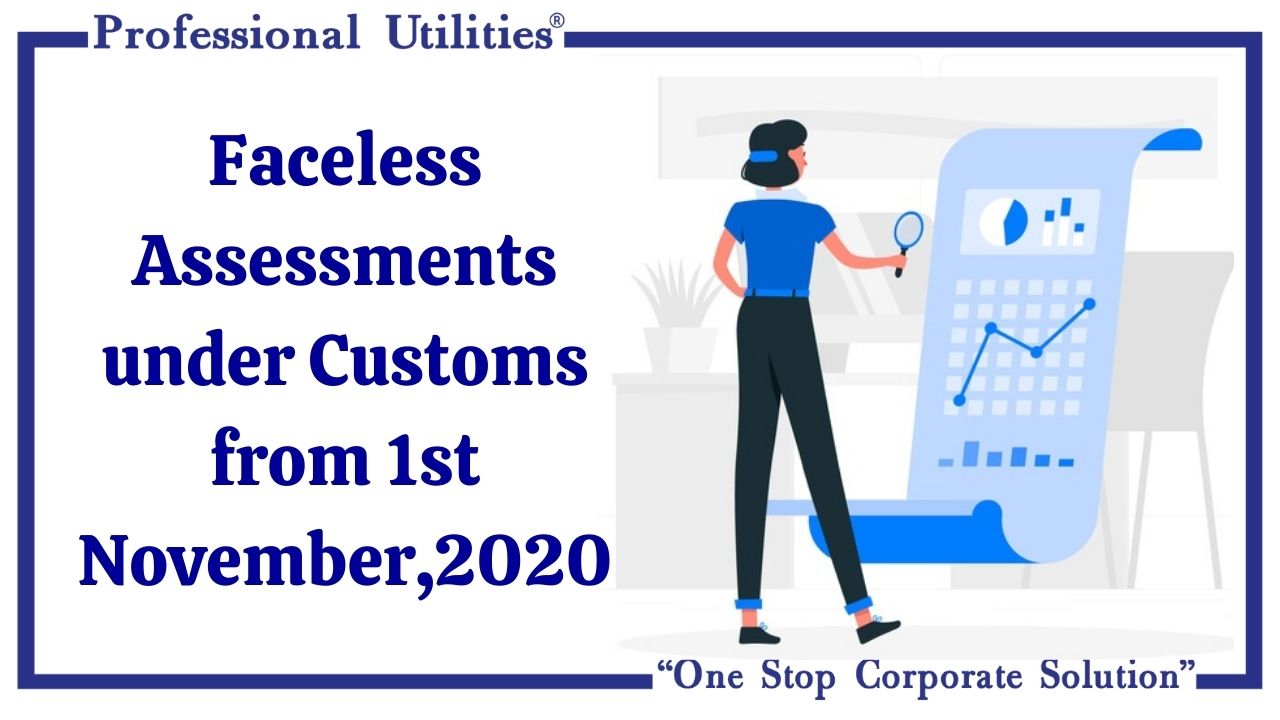
CBIC has given a detailed circular no. F. No.450/26/2019-Cus IV(Pt.) dated 4th September 2020 expressing that by 31st October 2020 the faceless assessment process will be executed in all the custom ports under the following generational Turant Customs program. It had just executed it through its earlier circular No.28/2020-Customs, dated 05.06.2020 and No. 34/2020-Customs, dated 30.07.2020 in Bengaluru, Chennai, Delhi, and Mumbai custom ports on trial basis.
The fundamental highlights of this program are that it is unremarkable, contactless, and unknown. National Assessment centers (absolute 11) will be set up across India. These NACs will do the appraisal of BOEs filed by importers online. It is expected to reduce customs clearance time, decreased interface with custom authorities, and automated accordingly accomplishing the goal of improving ease of doing the business.
Responsibilities of NAC:
The NACs have a basic part in the fruitful execution of the Faceless Assessment. The NACs need to work in an organized way to guarantee that all appraisals are completed in an opportune way and there is no delay or hold up of the Bills of Entry. The NACs would also examine the assessment practices of imported goods across Customs stations to achieve consistency and enhanced quality of assessments.
The important responsibilities of the NACs shall include the following:
- Monitor the assessment practice for enhancing uniformity of classification, valuation, exemption benefit, and compliance with import policy conditions.
- Study audit objections and take corrective actions regarding assessments, wherever necessary and provide inputs to the concerned ports of import.
- Analyze the RMS facilitated Bills of Entry pertaining to Chapters falling under their purview and advise the DGARM regarding possible interventions or review of risk parameters.
- Interact with sectoral trade and industry for inputs, and on issues relating to assessment.
- Function as a knowledge hub or repository for that particular Chapter(s);
- Examine the orders/appellate orders in relation to assessment practices pertaining to goods assigned to each Faceless Assessment Group and provide inputs to the Commissionerates for uniformity of assessment orders before legal fora.
- Any other matter relevant to timely and uniform assessment, as may be
Impacts of Faceless Assessments:
- The role of CHAs will get reduced substantially.
- The assessments will be anonymous and jurisdiction less for example- BOE filed by the important in Mumbai port may be assessed by NAC of Delhi.
- Uniformity will improve w.r.t. classification, valuation, exemption, concessions etc. across custom ports in India.
- Assessments will be team-based and will not be based on the opinion of one officer.
- Faster custom clearances
- Things like harassment and corruption will reduce.
Why Professional Utilities?
Professional Utilities simplify registrations, licenses, and compliances for your business. With experienced guidance and nationwide support, we help you complete every requirement efficiently and effectively.

Complete Corporate Solutions

PAN India
Assistance

Free Expert
Guidance

Google-Verified
Team

Dedicated Support


.svg)







